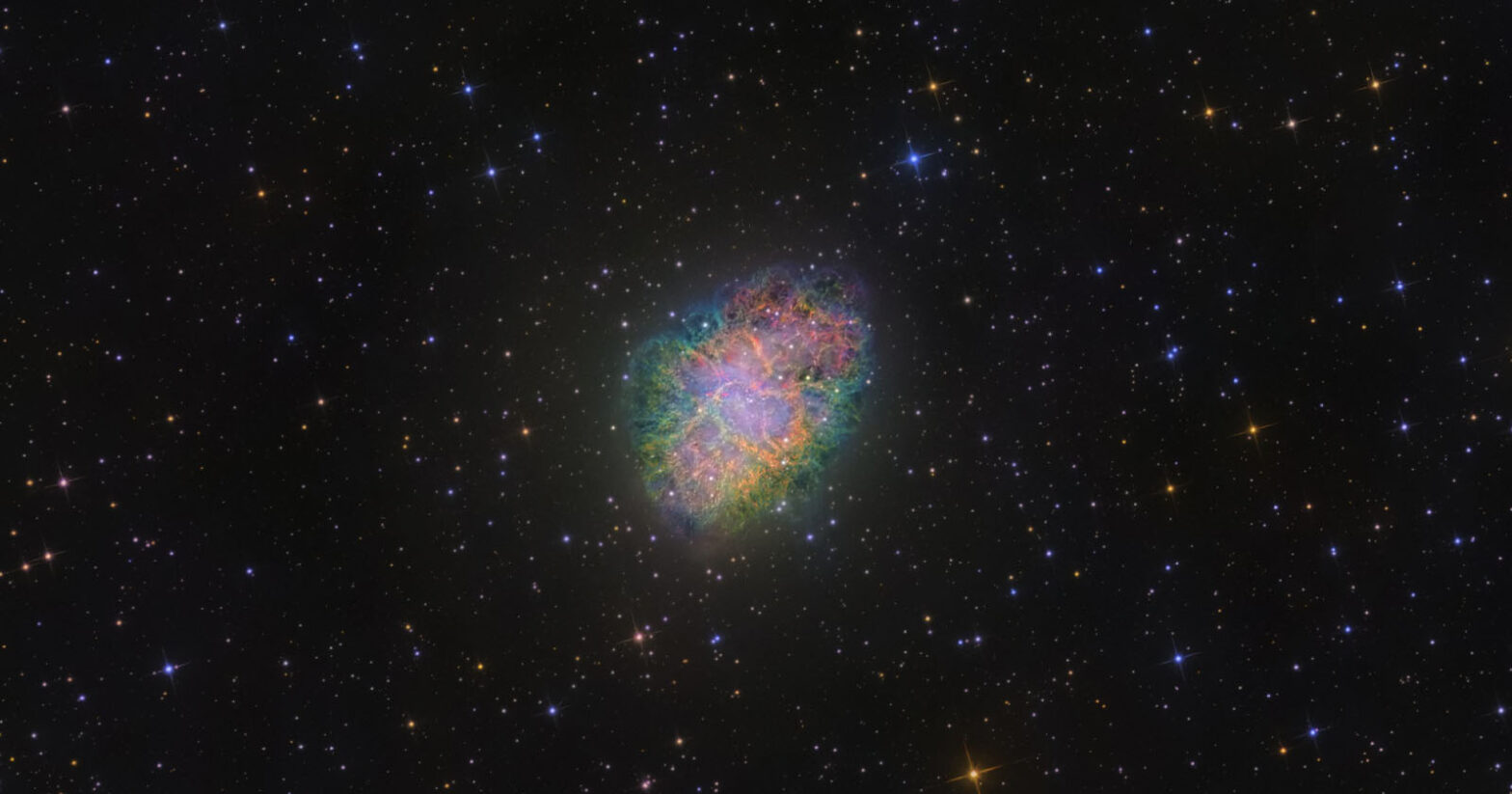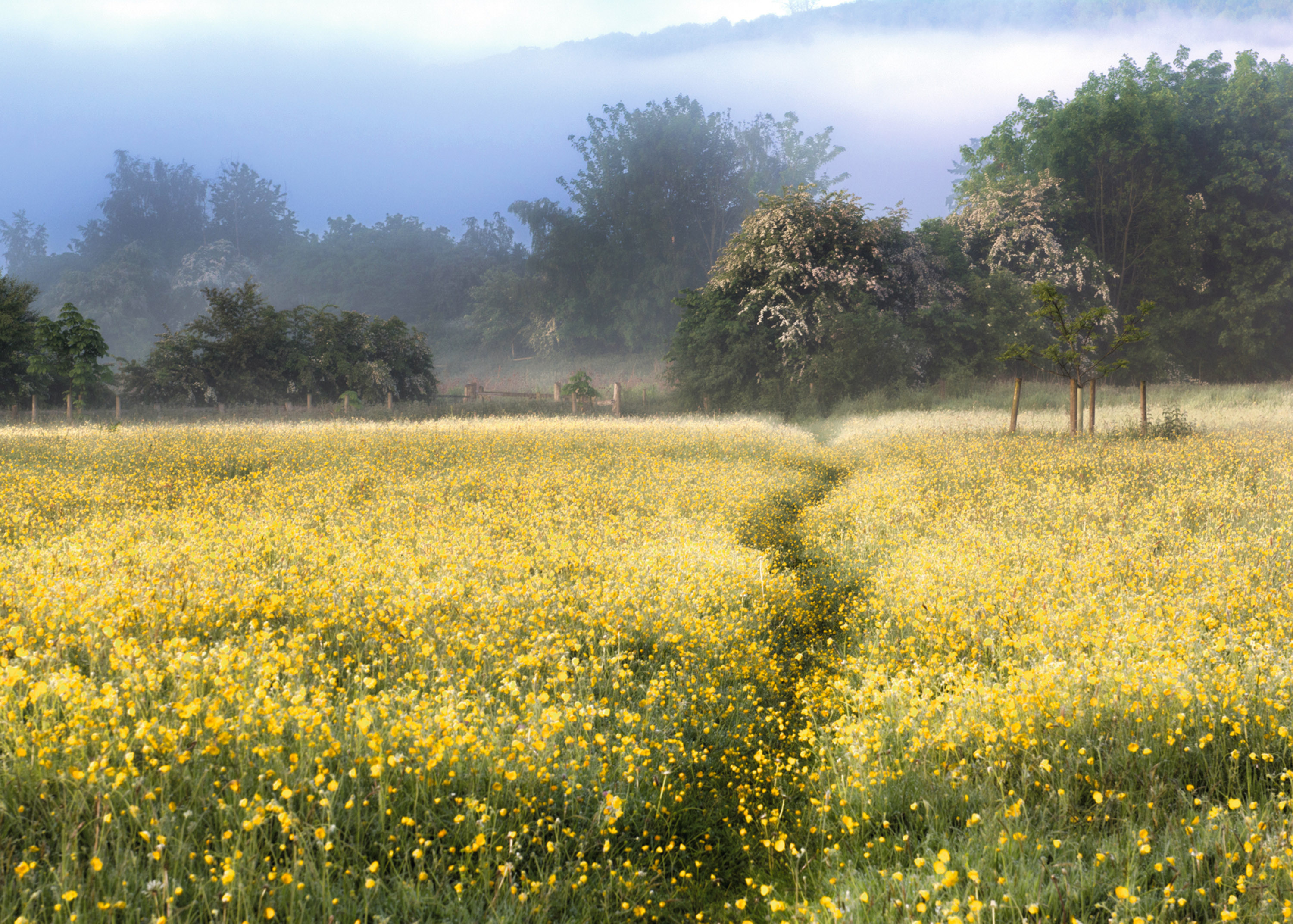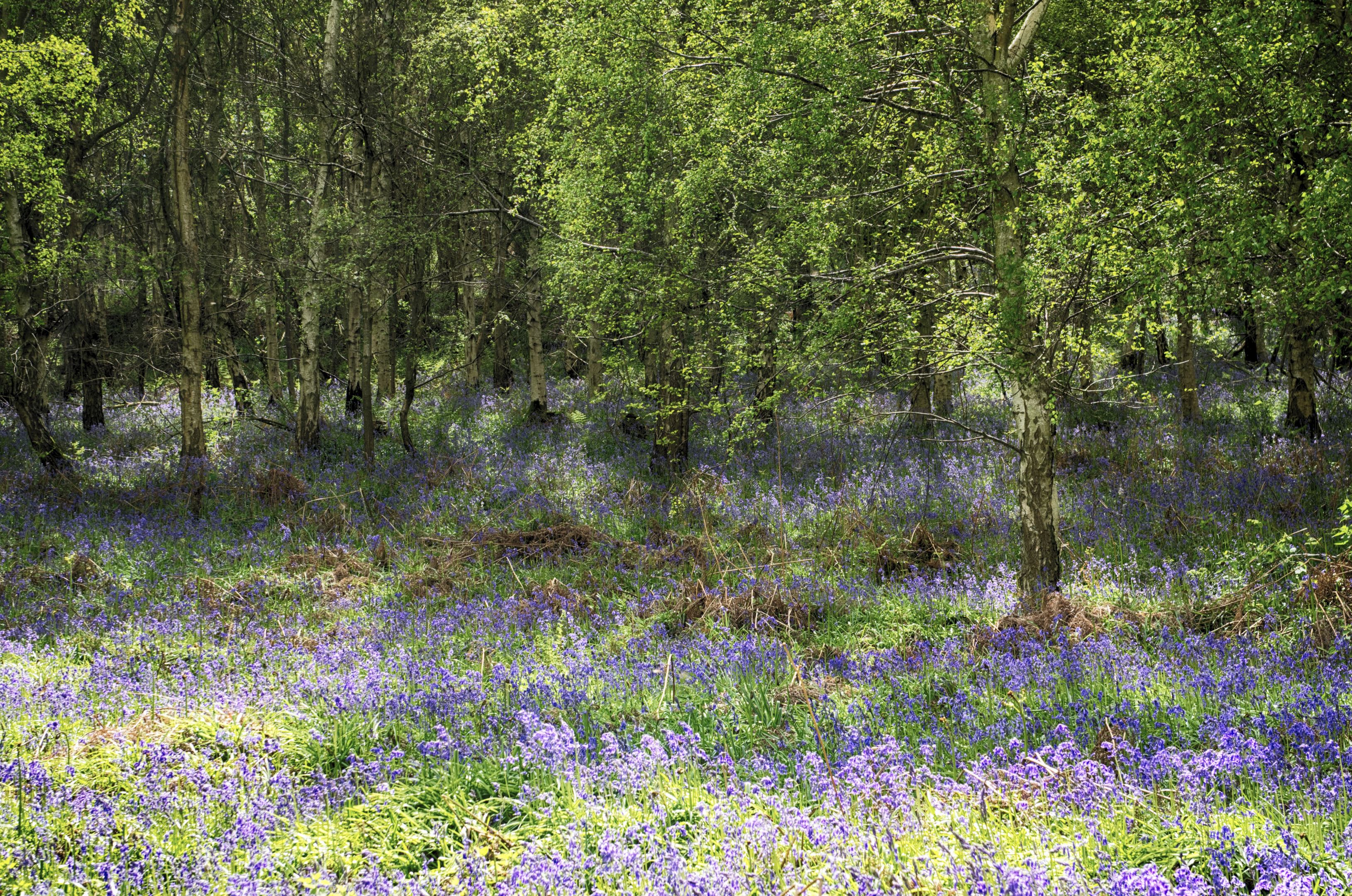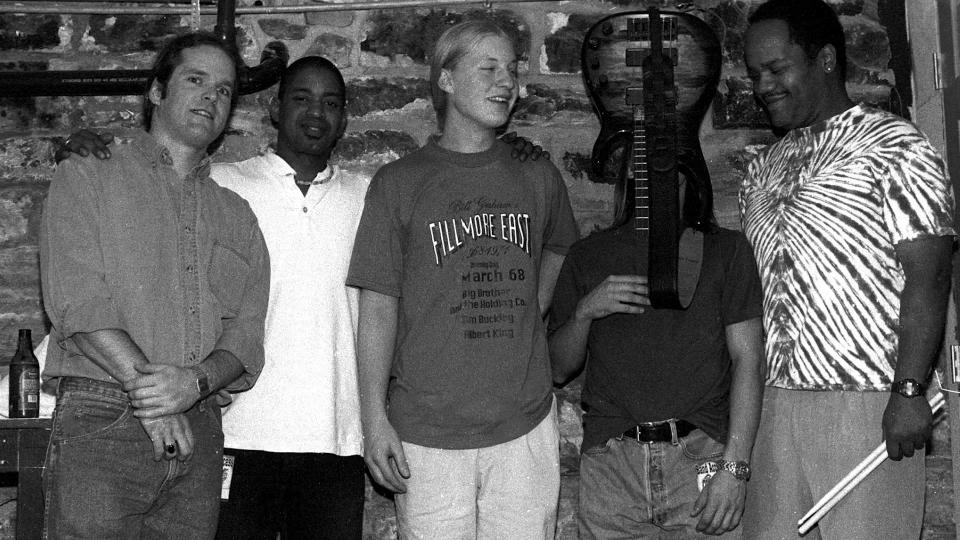Every month, there are hundreds of national and international celebrations dedicated to raising awareness and support for meaningful causes.
For those working to bring attention to important topics, it can be challenging to keep track of the next relevant awareness event. We’re here to help.
At Good Good Good, we aim to help people feel more hopeful and do more good. For years we’ve privately curated a comprehensive list of important cause-themed holidays that we’ve used for creating content on our good news Instagram, our Goodnewsletter, our Goodnewspaper, and on this very website.
We’ve organized this list of observances and events by month — and are making them public for the first time. Our hope is that this will help you or your organization bring attention to important issues.
Where applicable, we’ve included resources (usually good news around particular topics, action steps on how to make a difference, or relevant quotes) — and encourage you to share them if you find them helpful.
The main days and months you should know about for June are:
| Pride Month |
June 1 |
| Alzheimer’s Awareness Month |
June 1 |
| Gun Violence Awareness Day |
June 3 |
| World Oceans Day |
June 8 |
| World Sea Turtle Day |
June 16 |
| Juneteenth |
June 19 |
| World Refugee Day |
June 20 |
| Helen Keller’s Birthday |
June 27 |
| Stonewall Uprising Anniversary |
June 28 |
Explore our comprehensive list of national and international months, weeks, days, and birthdays for the month of June:
June Celebrations:
Awareness Months
There are several awareness months celebrated in June — though the five that often get the most attention include LGBTQ+ Pride Month, Men’s Health Awareness Month, Gun Violence Awareness Month, Alzheimer’s Awareness Month, and Immigrant Heritage Month.
Alzheimer’s and Brain Awareness Month
Read about this music program supporting people with Alzheimer’s
Antiphospholipid Antibody Syndrome (APS) Awareness Month
Audiobook Appreciation Month
Audiobooks are a great accessibility tool — check out our recommendations for the best audiobook platforms (that aren’t Amazon’s Audible)
Cancer Immunotherapy Awareness Month
Cancer Survivors Month
Read the good news about how cancer deaths are rapidly decreasing
Carribean-American Heritage Month
Great Outdoors Month
Learn about this year’s fee-free days at national parks and read the best quotes about national parks
Gun Violence Awareness Month
Take action to prevent gun violence in the United States
Hemiplegic Migraine Awareness Month
Immigrant Heritage Month
Migraine and Headache Awareness Month
National Men’s Health Awareness Month
National Pollinators Month
National Rose Month
National Zoo and Aquarium Month
Pride Month
Read the ultimate guide on ideas for how to thoughtfully celebrate Pride Month — and explore this curated list of the best LGBTQ+ pride quotes
PTSD Awareness Month
Listen to our podcast conversation with Richard Casper, a veteran using art to help other veterans recover from PTSD
Awareness Weeks
National Zoo and Aquarium Month
Celebrated in early June
Oceans Week
Week-long event in June
National Mosquito Control Awareness Week
Week-long event in June
National Black Family Cancer Awareness Week
Week-long event in June
Infant Mental Health Awareness Week
June 10 to 16
Bed Bug Awareness Week
1st full week of June
Pet Appreciation Week
1st week of June
Learning Disability Week
Week-long event in June
Animals Rights Awareness Week
3rd week of June
National Insect Week
Last week of June
Fish Are Friends Not Food Week
Last week of June
Rabbit Awareness Week
Last week of June
Helen Keller Deafblind Awareness Week
Last week of June
Awareness Days
National Trails Day – 1st Saturday of June
National Black Bear Day – 1st Saturday of June
National Cancer Survivors Day – 1st Sunday of June
Learn about Dr. Hadiyah-Nicole Green changing the way America treats cancer
World Reef Day – June 1
Meet the all-women conservation group working to protect our coral reefs
National Say Something Nice Day – June 1
Global Day of Parents – June 1
World Eating Disorders Action Day – June 2
National Gun Violence Awareness Day – June 3
Read and share quotes about gun violence
International Corgi Day – June 4
Tiananmen Square Anniversary – June 4
Seaweed Day – June 4
Read the good news story about Maine harvesting more seaweed instead of lobster
National Animal Rights Day – 1st Sunday of June
HIV Long-Term Survivors Day – June 5
World Environment Day – June 5
International Day for the Fight Against Illegal Unreported and Unregulated Fishing – June 5
Anniversary of MMWR: The first cases of HIV – June 5
June Bug Day – June 7
World Oceans Day – June 8
Intersectional Environmentalist’s Birthday – June 8
Learn more about intersectional environmentalism and dive into the whole topic in The Intersectional Environmentalist Edition of the Goodnewspaper, guest-edited by Leah Thomas
International Day of Action for Elephants in Zoos – June 8
World Brain Tumor Awareness Day – June 8
Listen to our podcast interview with cancer survivor and Olympic figure skater, Scott Hamilton
Coral Triangle Day – June 9
International Lynx Day – June 11
Pulse Night of Remembrance – June 12
National Cougar Day – June 12
World Day Against Child Labor – June 12
Pulse Day of Remembrance – June 12
International Albinism Awareness Day – June 13
World Blood Donor Day – June 14
Nature Photography Day – June 15
Global Wind Day – June 15
Nature Photography Day – June 15
World Sea Turtle Day – June 16
Read this good news story about sea turtles
World Crocodile Day – June 17
World Day to Combat Desertification and Drought – June 17
CDKL5 Worldwide Awareness Day – June 17
Autistic Pride Day – June 18
World Sickle Cell Day – June 19
Juneteenth – June 19
Get ideas for how to thoughtfully celebrate Juneteenth
World Refugee Day – June 20
Learn about the organization Rainbow Railroad is helping LGBTQ+ refugees
National American Eagle Day – June 20
Ugliest Dog Day – June 20
While not exactly dog-focused, check out this collection of ugly animals (and learn how to protect them)
World Giraffe Day – June 21
Global Day of Recognition of ALS/MND – June 21
World Camel Day – June 22
World Rainforest Day – June 22
Read these good news stories about Indigenous activists protecting rainforests
Dravet Syndrome Awareness Day – June 23
Neuropathy Action Awareness Day – June 23
World Kidney Cancer Day – 3rd Thursday of June
First Use of LGBTQ+ Pride Flag – June 25
World Vitiligo Awareness Day – June 25
LGBTQ+ Equality Day – June 26
Anniversary of the Legalization of Same-Sex Marriage in the U.S. – June 26
World Drug Day – June 26
National HIV Testing Day – June 27
PTSD Screening Day – June 27
Stonewall Uprising Anniversary – June 28
World Scleroderma Awareness Day – June 29
Arthrogryposis Awareness Day – June 30
Notable Birthdays
Birthdays of leading activists, nonprofit leaders, and other world-changers born in the month of June:
Brandi Carlile’s Birthday – June 1
Abby Wambach’s Birthday – June 2
Troye Sivan’s Birthday – June 5
Read about Troye Sivan’s acting debut in a film that fights HIV/AIDS stigma
The Dalai Lama’s Birthday – June 6
Michael J. Fox’s Birthday – June 9
E.O. Wilson’s Birthday – June 10
Learn about biologist E.O. Wilson’s contributions to our planet by reading his most famous quotes
Abigail Harrison’s Birthday – June 11
Lou Gehrig’s Birthday – June 19
Larry Kramer’s Birthday – June 25
Helen Keller’s Birthday – June 27
Michael Phelps’ Birthday – June 30
Explore More Events:
Is this list missing a holiday or awareness week/month? Let us know. We want to ensure this list is comprehensive and inclusive.
![]()
![]()

![]()




























